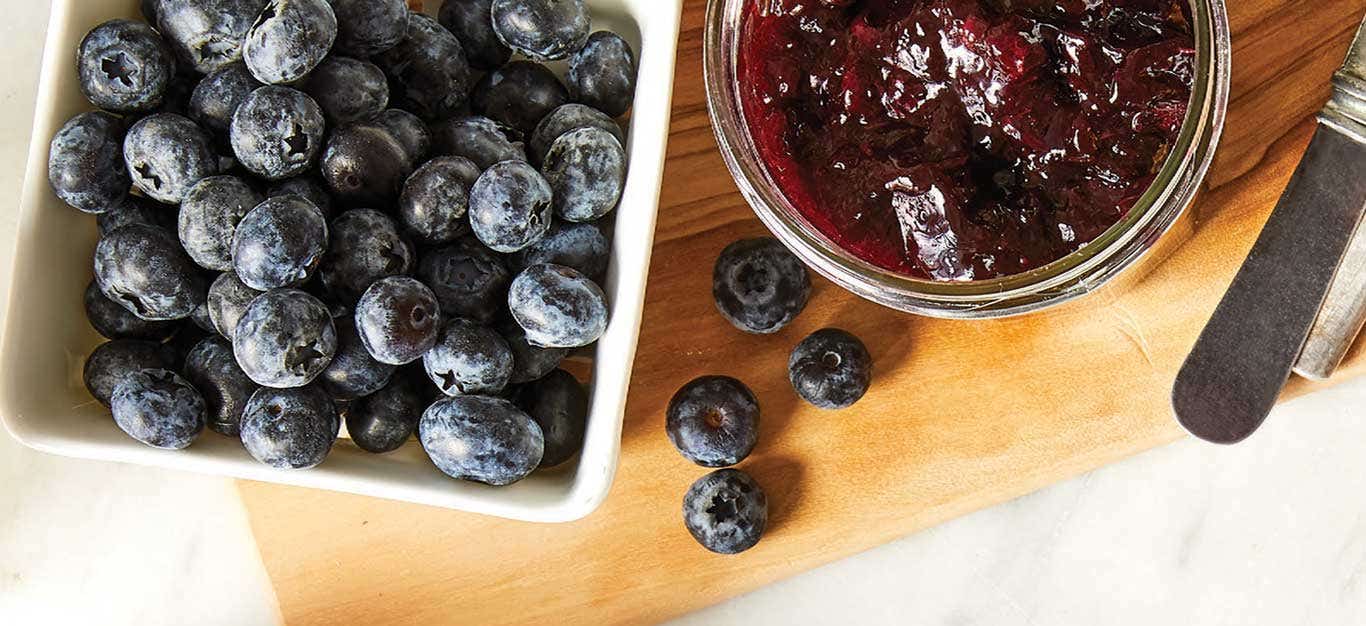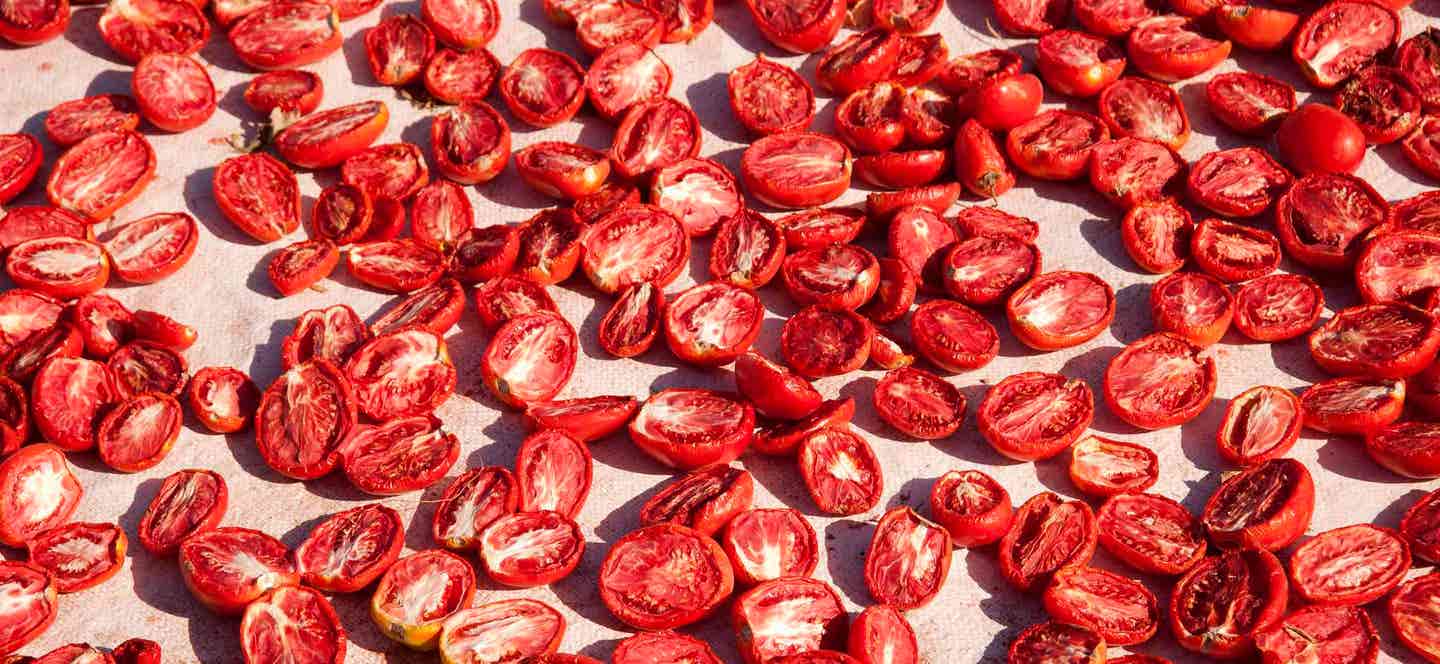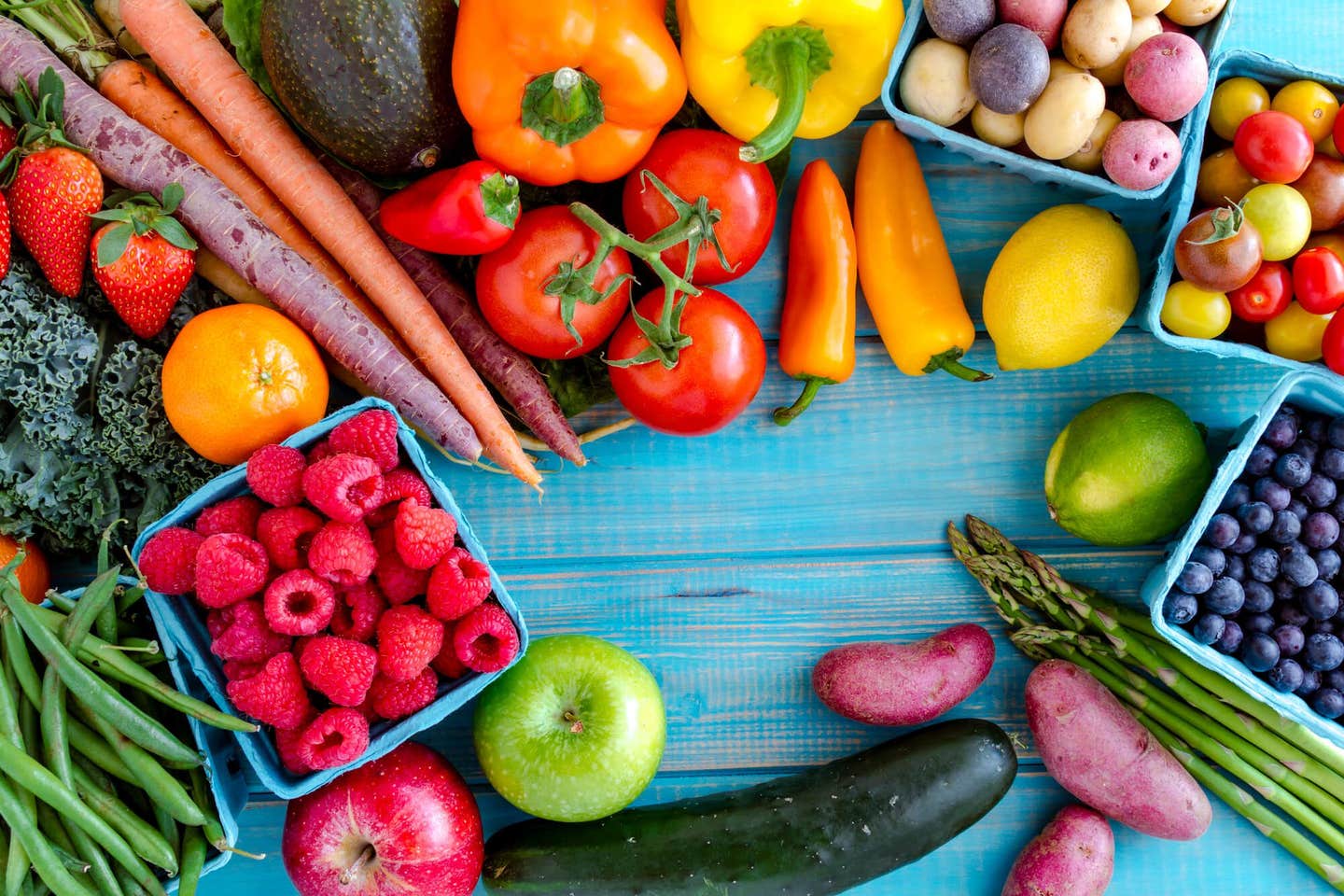Sunset-hued and packed with sun-kissed flavor, apricots are the first stone fruits to show up on summer produce stands (closely followed by peaches, nectarines, and plums). Here’s how to make the most of their sweet-tart goodness, including how to find perfectly ripe fresh apricots and store them so they develop even more juicy flavor; how to select and enjoy dried apricots when fresh are no longer in season; and healthy apricot recipes to try.
Apricots Around the World
The botanical name for apricots, Prunus armeniaca, means “Armenian plum,” because the Romans believed that they came from Armenia. In truth, apricots hail from Asia and can trace their origins there back thousands of years. To thrive, apricot trees need temperate climates with plenty of sunshine and low risk of late-spring frosts because the buds bloom early in the season.
Apricot cultivation quickly spread via trade routes to temperate regions in Persia and the Middle East, then to the countries that ring the Mediterranean. These include Armenia and Turkey, where they are still an important fruit crop today. Spanish monks and explorers planted apricot trees in California, and today, the state boasts 75% of apricot production in North America.
Apricot Varieties
Apricots have a sweet-tart flavor and a fruity, floral fragrance when ripe. Their dense juicy flesh turns glistening and jammy when cooked, making them ideal for desserts, compotes, and spreads. Apricots come in a wide range of colors, from deep reddish-orange, to tawny golden and even white (a new, extra-juicy cultivar). Some varieties, including super-sweet Candy Cots, develop a rosy blush as they ripen, others become speckled, and still others, such as Gold Velvet, simply have a uniform yellow-orange color.
How to Select Fresh Apricots and Make Them Last Longer
Apricots may come in different hues, but one color an apricot should never be is green. Even a hint of green on an apricot’s skin can mean that the fruit was picked too soon and won’t ripen correctly, no matter how long you leave it at room temperature or how many days it sits in a paper bag.
Choose apricots with no signs of green that look plump and vibrant and feel just slightly tender to the touch. To prevent bruising and premature spoilage, store unwashed apricots in a single layer (not touching each other) on a tray at room temperature until fully ripe, then in the fridge for up to 2 weeks.
Got a glut of apricots? Freeze them for later: Halve and pit them; place them in a single layer on a baking sheet; and freeze. Transfer frozen halves to a freezer-safe bag and store in the freezer for up to 3 months. (After 3 months, their color may change due to oxidation, though their flavor will not be affected.)
Buyer’s Guide to Dried Apricots
Dried apricots offer a wonderful off-season alternative when fresh apricots aren’t available. Here’s how to shop smart and maximize their flavor.
Turkish vs. California
These are the two different types of dried apricots available in most supermarkets. Over 90% of the dried apricots sold in North America are imported from Turkey, the largest dried apricot producer in the world. Turkish apricots are easy to recognize by their small size, pale color, whole shape (the pit has been removed) and tender, chewy texture.
California apricots look and taste very different from Turkish apricots. First off, the larger fruits are halved before they are dried. Their color is darker, their texture is firmer, and their shape is less uniform than Turkish apricots. California apricots also have a more pronounced, less sweet apricot flavor because of the way they are processed.
Sulfured vs. Unsulfured
Like most dried fruits, apricots can be treated with sulfur dioxide, a sulfite-like compound that keeps them soft, supple, and brightly colored. If you’re sensitive to sulfur dioxide, opt for unsulfured dried apricots, which will be dark orange or brown and have a firmer texture.
Buying Dried Apricots
Look for dried apricots that are uniform in size and color that feel pliable, not hard or brittle. When buying in bulk, choose a store where there is a high turnover, and the bins are replenished regularly.
How Long Do Dried Apricots Last?
Stored in an airtight container, dried apricots will keep for up to 6 months in a cool, dark, dry place or up to a yearin the fridge.
Rehydrating Dried Apricots
To plump and soften dried apricots, place them in a heatproof bowl and cover with boiling water. Steep 10 to 15 minutes, then drain and allow to cool before using. Store any leftover rehydrated apricots in the fridge for 3 to 5 days.
Cooking with Apricots
Below we’ve rounded up some of our favorite apricot recipes, but you can also use apricots in place of peaches or plums in any recipe. Chopped dried apricots can be used as a sweet, slightly chewy substitute for pomegranate seeds.
Note that fresh apricots can be used in place of dried (and vice versa) in most recipes. Using fresh apricots in baked goods that call for dried may change the texture; adjust bake times accordingly.

Related News
Get Our Best Price On The Forks Meal Planner

Forks Meal Planner takes the guess work out of making nutritious meals the whole family will enjoy.
SAVE $200 ON OUR ULTIMATE COURSE

Join our best-selling course at a new lower price!



